Community newsletter
Recent articles
Neural recordings in freely moving mice; MBD5 variant
Researchers took to social media to discuss a new tool for recording brain activity in freely moving mice and a study linking a mutation in the gene MBD5 to epilepsy and intellectual disability. That and more in this week’s Community Newsletter.
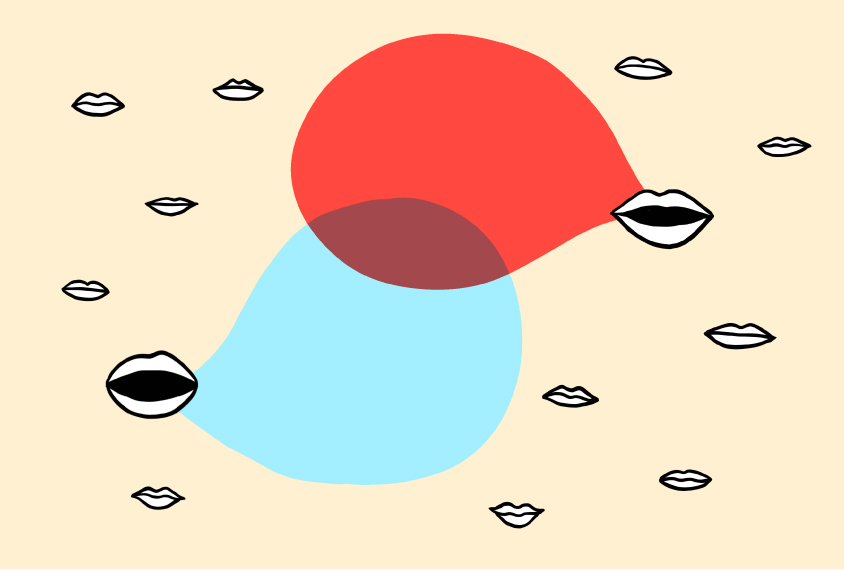
Neural recordings in freely moving mice; MBD5 variant
Researchers took to social media to discuss a new tool for recording brain activity in freely moving mice and a study linking a mutation in the gene MBD5 to epilepsy and intellectual disability. That and more in this week’s Community Newsletter.
Neuropixels probe; sex differences in brain anatomy
Researchers on social media reacted to a new version of the Neuropixels probe and a study of sex differences in the brain. That and more in this week’s Community Newsletter.
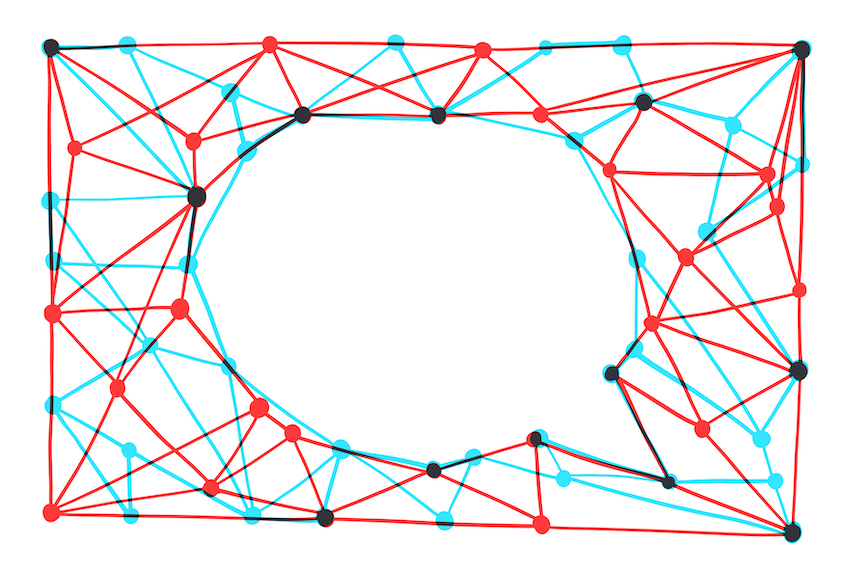
Neuropixels probe; sex differences in brain anatomy
Researchers on social media reacted to a new version of the Neuropixels probe and a study of sex differences in the brain. That and more in this week’s Community Newsletter.
Cerebral cortex genetics; calcium imaging of astrocytes
This week on social media, researchers discussed a genome-wide association study of the human cerebral cortex, how astrocytes integrate calcium signals, and more.

Cerebral cortex genetics; calcium imaging of astrocytes
This week on social media, researchers discussed a genome-wide association study of the human cerebral cortex, how astrocytes integrate calcium signals, and more.
Mitochondria and anxiety; brain structure in autism
Researchers reacted to a study of brain mitochondria and behavior in mice and a study of brain structure differences in autism and other conditions. That and more in this week’s Community Newsletter.

Mitochondria and anxiety; brain structure in autism
Researchers reacted to a study of brain mitochondria and behavior in mice and a study of brain structure differences in autism and other conditions. That and more in this week’s Community Newsletter.
Cognitive mapping; PTEN in peripheral nerves
Researchers took to social media to discuss how cognitive maps form during learning. There was also talk about a study of peripheral nerves in mice missing PTEN, an autism-linked gene. That and more in this week’s Community Newsletter.

Cognitive mapping; PTEN in peripheral nerves
Researchers took to social media to discuss how cognitive maps form during learning. There was also talk about a study of peripheral nerves in mice missing PTEN, an autism-linked gene. That and more in this week’s Community Newsletter.
NeuroDev retrospective; repetitive behaviors in fragile X mice
A look back at NeuroDev’s first year gathering genomic and phenotypic data in Kenya and South Africa and a study on an underlying cause of repetitive behaviors in fragile X model mice absorbed researchers’ attention on social media this week. That and more in this week’s Community Newsletter.

NeuroDev retrospective; repetitive behaviors in fragile X mice
A look back at NeuroDev’s first year gathering genomic and phenotypic data in Kenya and South Africa and a study on an underlying cause of repetitive behaviors in fragile X model mice absorbed researchers’ attention on social media this week. That and more in this week’s Community Newsletter.
Sensory traits in fragile X; epidurals and autism
This week on social media, researchers discussed research on sensory issues in fragile X mice, and they considered yet another study of epidurals and autism. That and more in this week’s Community Newsletter.

Sensory traits in fragile X; epidurals and autism
This week on social media, researchers discussed research on sensory issues in fragile X mice, and they considered yet another study of epidurals and autism. That and more in this week’s Community Newsletter.
Stress response in neurons; quantitative bioimaging tutorial
Researchers discussed a study of the integrated stress response in fragile X syndrome and a new how-to guide for quantitative bioimaging — plus more in this week’s Community Newsletter.
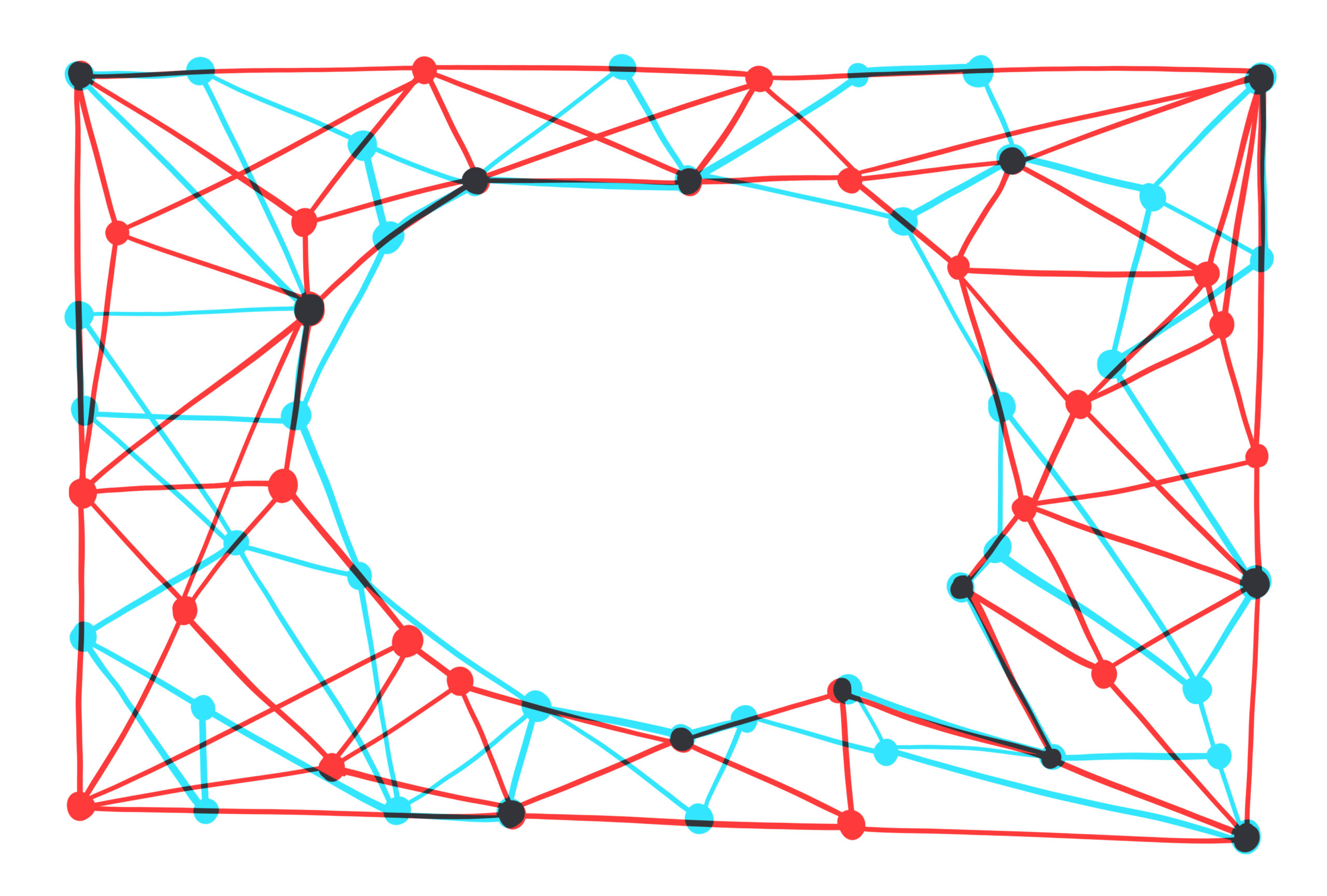
Stress response in neurons; quantitative bioimaging tutorial
Researchers discussed a study of the integrated stress response in fragile X syndrome and a new how-to guide for quantitative bioimaging — plus more in this week’s Community Newsletter.
‘wildDISCO’ whole-mouse mapping; high-resolution imaging of living brain tissue
A new technique to map the entire body of a mouse and a high-resolution 4D imaging method for living brain tissue samples piqued researchers’ interest on social media this week — that and more in this issue of Community Newsletter.

‘wildDISCO’ whole-mouse mapping; high-resolution imaging of living brain tissue
A new technique to map the entire body of a mouse and a high-resolution 4D imaging method for living brain tissue samples piqued researchers’ interest on social media this week — that and more in this issue of Community Newsletter.
Community Newsletter: Neuroimaging study size; fragile X RNA
This week on social media, researchers discussed sample size in neuroimaging studies and the potential of antisense oligonucleotides to restore the protein lost in fragile X syndrome.

Community Newsletter: Neuroimaging study size; fragile X RNA
This week on social media, researchers discussed sample size in neuroimaging studies and the potential of antisense oligonucleotides to restore the protein lost in fragile X syndrome.
Explore more from The Transmitter
Newly awarded NIH grants for neuroscience lag 77 percent behind previous nine-year average
Since President Donald Trump took office on 20 January, the National Institute of Neurological Disease and Stroke and the National Institute of Mental Health have awarded one quarter as many new grants as during the same two-month period, on average, since 2016.
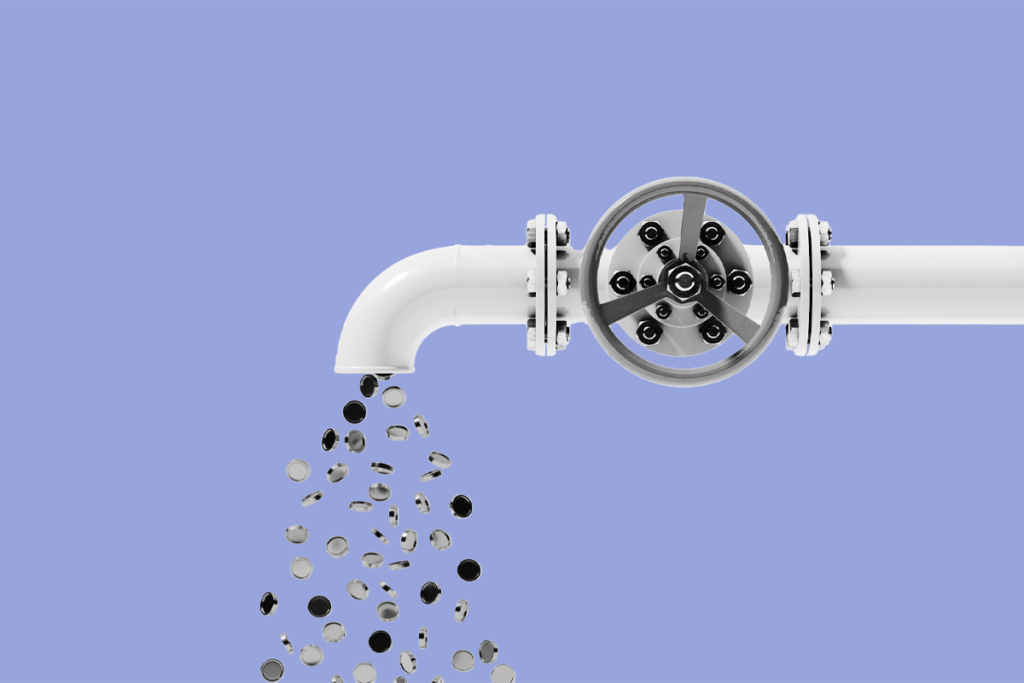
Newly awarded NIH grants for neuroscience lag 77 percent behind previous nine-year average
Since President Donald Trump took office on 20 January, the National Institute of Neurological Disease and Stroke and the National Institute of Mental Health have awarded one quarter as many new grants as during the same two-month period, on average, since 2016.
Releasing the Hydra with Rafael Yuste
Losing HHMI Investigator status prompted Yuste to study neural networks in a new way.
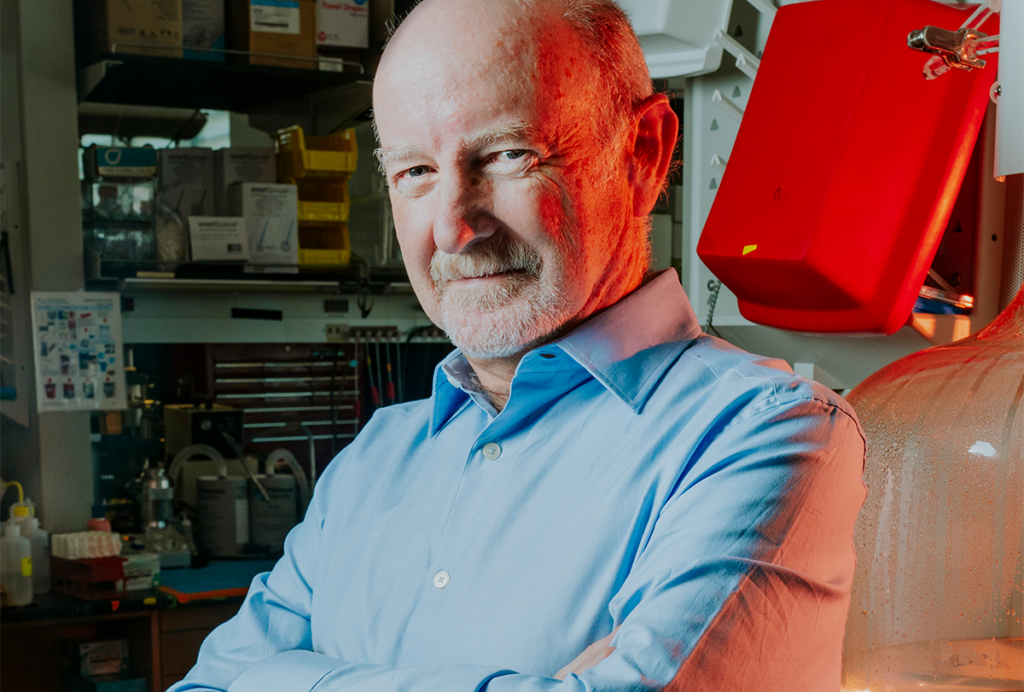
Releasing the Hydra with Rafael Yuste
Losing HHMI Investigator status prompted Yuste to study neural networks in a new way.
Coding error caused layoffs at National Institute of Neurological Disorders and Stroke this week, source says
Thirty employees—including 11 lab heads—at the institute should “immediately return to work,” according to an email the institute’s Office of Human Resources sent to top administration at the institute Wednesday evening.

Coding error caused layoffs at National Institute of Neurological Disorders and Stroke this week, source says
Thirty employees—including 11 lab heads—at the institute should “immediately return to work,” according to an email the institute’s Office of Human Resources sent to top administration at the institute Wednesday evening.